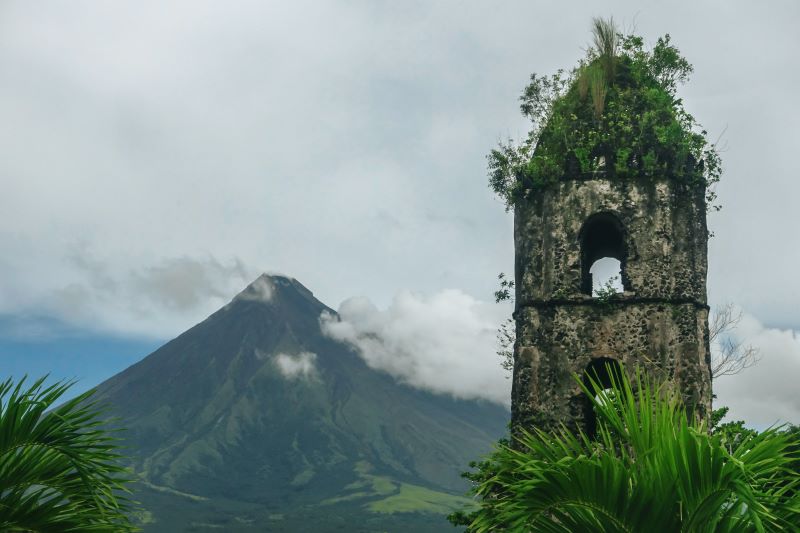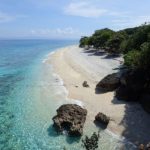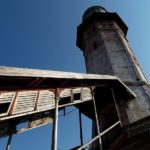
(TAN): Super Typhoon Goni, the world’s strongest storm this year, thrashed the Philippines, leaving a trail of destruction and flash floods behind it.
The sheer strength of the typhoon is feared to badly devastate the Philippines, which is already reeling from two other typhoons and a coronavirus pandemic that has caused a recession and record unemployment throughout the year.
Goni first made landfall in Bato town, Catanduanes province before slightly changing course and hitting land a second time in Tiwi, Albay province.
On November 1 morning when Goni slammed into Catanduanes Island, home to 260,000 people, the Joint Typhoon Warning Center estimated its peak
winds were around 195 mph.
The Albay province is home to the popular tourist spot of the region — the Cagsawa Ruins National Park. The Cagsawa Ruins are the remnants of a 16th-century Franciscan church, the Cagsawa church situated at the foothills of the Mayon Volcano. It was destroyed along with the town of Cagsawa, on February 1, 1814, during the eruption of the Mayon Volcano.
[ALSO READ: Mussoorie set to see surge in tourists on Diwali holidays]
As per media reports, Goni triggered mud and boulders tumbling down the slope of the Mayon volcano causing lahar mudflow in the area. Social media was flooded with pictures of mudflow burying the vehicles at the parking lot of Cagsawa Ruins. At Cagsawa Ruins Park, floodwaters were seen on raging near the belfry of the church ruins.
Airports in the cities of Naga and Legazpi were also damaged, with the roofs and ceiling boards blown away. Airport and train operations in the capital region, Metro Manila were suspended.
In the popular surfing spot of Baler in the Aurora province, already suffering havoc from the two previous storms to hit Philippines this week, beachside businesses kept their surfboards in stockrooms ahead of the storm.
The consecutive storms coupled with the pandemic caused many surfing instructors of this town to take on odd jobs in construction, cutting hair, and electric goods repair to name a few.
[ALSO READ: CDC to allow sailing for US Cruises with fresh guidelines]
“If we wait for Baler to open, and with all the typhoons, we’ll really lose a source of income,” Jayson Iglesias, 35, who runs El Dawn Surfing School, was quoted as saying by the media. His business normally earns up to USD 2,000 a month in the peak season.
Some surfing instructors, after being unemployed, have turned to rescue workers and are braving the storm in disaster relief operations. They are living on the allowance they scrape together as an emergency worker.
The Philippines, with the Pacific Ocean to its east and located on the earthquake-prone Ring of Fire, is no stranger to disaster. Of the 20 tropical cyclones estimated to enter the region every year, around eight or nine make landfall in the Philippines.




